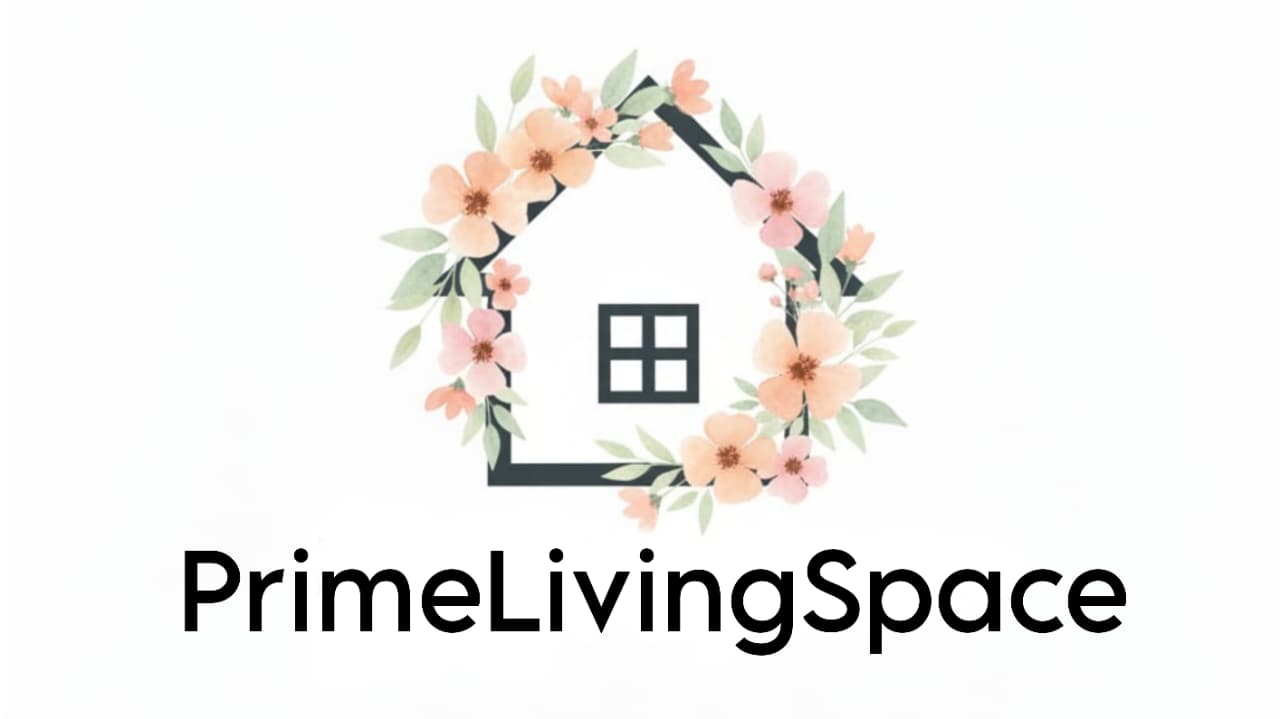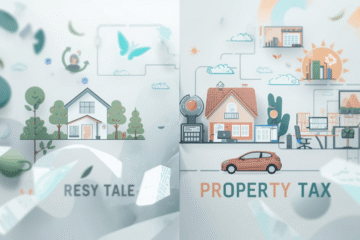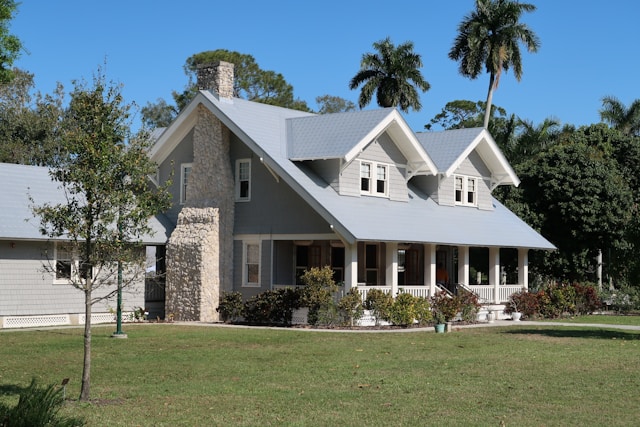
If your siding is fading, cracking, or just looks tired, you’ve probably wondered, “How much does it cost to reside in a house?” It’s one of those projects that sounds simple until you start pricing materials, labor, and finishes. Suddenly, what seemed like a weekend fix turns into a serious investment decision.
But here’s the truth: the cost to reside in a house isn’t a one-size-fits-all number. It depends on your home’s size, the material you choose, and where you live. Vinyl might set you back $2–$7 per square foot, while fiber cement or wood can cost double but each offers different looks, durability, and value.
In this guide, we’ll break down the real costs per square foot, compare siding materials, and share budget-friendly tips so you can make confident, informed choices before calling a contractor.
- 2. Why We Measure Siding Costs Per Square Foot
- 3. Average Cost to Reside a House by Material
- 4. Vinyl Siding: The Most Budget-Friendly Choice
- 5. Fiber Cement & Wood Siding: Worth the Splurge?
- 6. Labor Costs: What You’re Really Paying For
- 7. Regional and Seasonal Cost Differences
- 8. Hidden Costs Most Homeowners Forget
- 9. How to Estimate the Cost for Your Home
- 10. Ways to Save on Residing Your House
- 11. When to Reside vs. Repaint
- FAQs
- Conclusion: Know the Numbers, Invest Smart
2. Why We Measure Siding Costs Per Square Foot
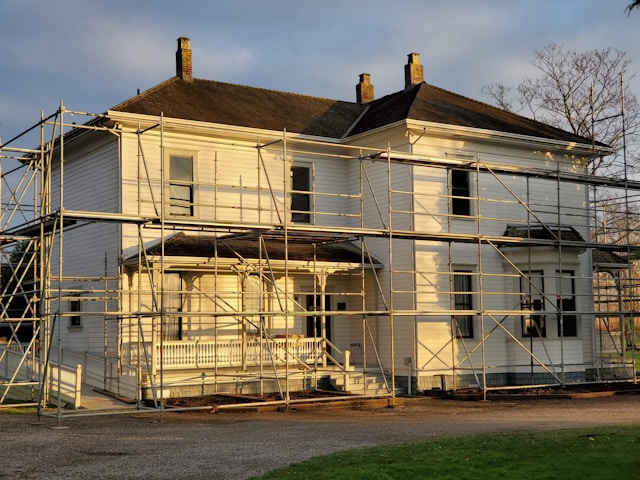
Think of siding cost per square foot as your siding price language. This approach allows professionals to make fair comparisons.
When contractors discuss the cost “per square foot,” they mean the surface area of your exterior walls, not your home’s floor space. So a two-story home with more wall height will naturally cost more than a single-story ranch, even with the same square footage.
It’s a clearer, more consistent way to compare materials and estimates whether you’re siding a cozy cottage or a large suburban home.
3. Average Cost to Reside a House by Material
Here’s the quick-glance version most homeowners want:
| Siding Material | Average Cost (Per Sq. Ft.) | Durability | Maintenance |
| Vinyl | $2 – $7 | 20–40 years | Low |
| Fiber Cement (Hardie Board) | $6 – $12 | 30–50 years | Medium |
| Wood (Cedar, Pine, etc.) | $6 – $11 | 20–40 years | High |
| Metal (Steel, Aluminum) | $5 – $10 | 40–60 years | Low |
| Brick Veneer | $10 – $20 | 50+ years | Very Low |
These numbers include materials and basic installation. But the real difference comes down to your goals: are you after budget-friendly vinyl, low-maintenance metal, or that timeless wood charm?
4. Vinyl Siding: The Most Budget-Friendly Choice
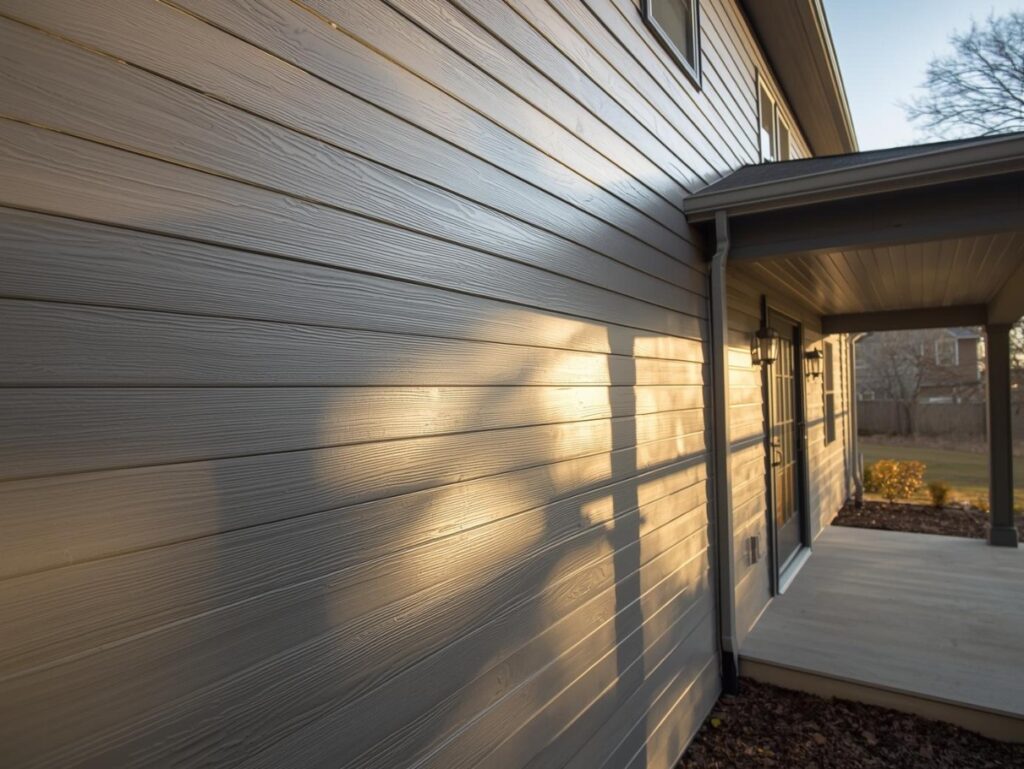
If you’re looking for the best value, vinyl siding wins hands down. It’s durable, weather-resistant, and comes in more colors and textures than ever before.
Vinyl is the go-to for homeowners who want that “new home” look without breaking the bank. And if you choose insulated vinyl siding, you’ll even get better energy efficiency meaning lower bills year-round.
Tip: Look for thicker, premium-grade vinyl panels if you want a sturdier, longer-lasting finish.
5. Fiber Cement & Wood Siding: Worth the Splurge?
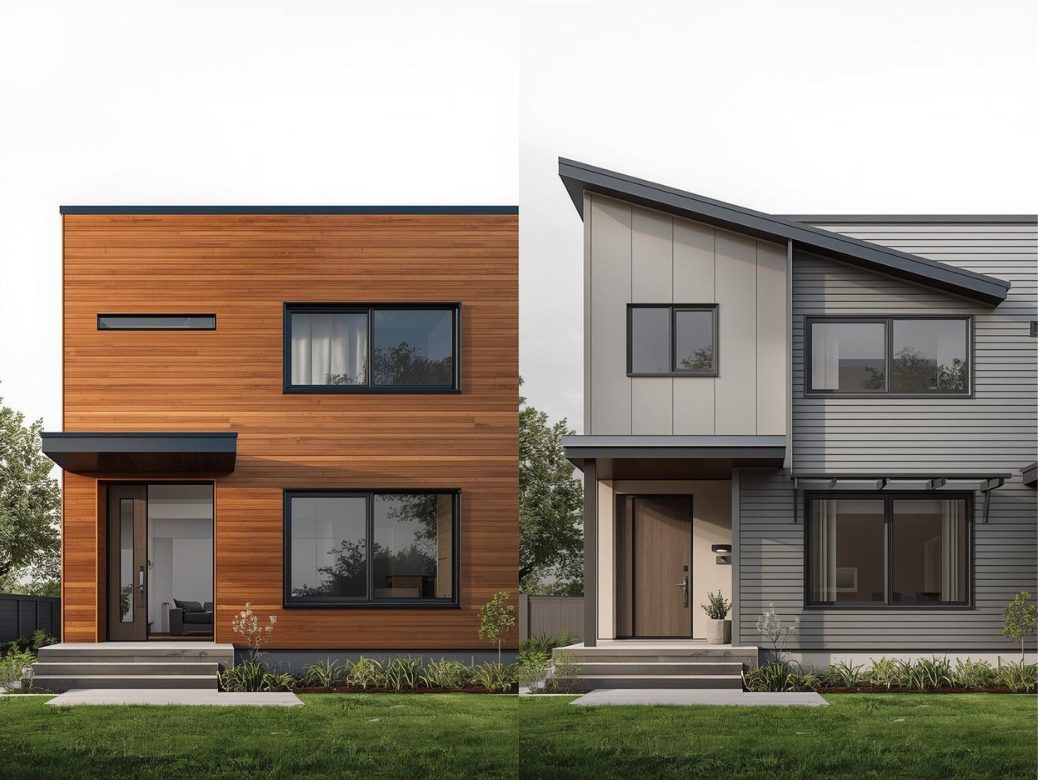
If vinyl is the budget pick, fiber cement and wood siding are the design lover’s dream.
Fiber cement (like James Hardie boards) mimics real wood but holds up against moisture, rot, and pests. It’s more expensive upfront but can last over 40 years with proper maintenance.
Wood, on the other hand, offers that cozy, craftsman feel you just can’t fake. But it’s big but it needs regular staining or painting to avoid weather damage.
If you’re after curb appeal and long-term value, fiber cement often gives the best return on investment.
6. Labor Costs: What You’re Really Paying For
Here’s where most homeowners get surprised: labor makes up nearly half of your siding budget.
Installing siding isn’t just slapping panels on a wall. Pros handle insulation layers, sealing, edge trim, and weatherproofing. The complexity of your home, multiple stories, windows, and angles all adds to labor time.
Expect $2 to $5 per square foot in labor costs, depending on your region and the material type.
7. Regional and Seasonal Cost Differences
Where you live affects everything, even siding.
In colder climates, you’ll pay a bit more for insulated materials and cold-weather installation. In coastal areas, contractors might charge higher labor rates due to humidity and salt exposure.
Example: A 2,000 sq. ft. home might cost $8,000 in the Midwest but $12,000 on the coast same siding, different setting.
If possible, schedule your project during the off-season (late fall or early winter) when demand drops and contractors offer discounts.
8. Hidden Costs Most Homeowners Forget
It’s not just siding panels you’re paying for. A few often-overlooked costs sneak in, like
- Removing and disposing of old siding
- Replacing trim or soffits
- Installing house wrap or moisture barriers
- Adding insulation or sealing gaps
Those extras can easily add $500–$2,000 depending on your home’s condition. Always ask for an itemized quote so you’re not hit with surprise charges later.
9. How to Estimate the Cost for Your Home
You can estimate your siding cost with a simple formula:
Total Exterior Wall Area (in sq. ft.) × Material Cost (per sq. ft.) = Rough Estimate
Example:
2,000 sq. ft. × $6 = $12,000 total project cost
You can also use free online siding cost calculators to refine the number, but always confirm with at least 2–3 local contractor quotes.
10. Ways to Save on Residing Your House
Good news you don’t have to overspend for great results.
Here’s how smart homeowners save:
- Get multiple quotes and compare scope, not just price.
- Buy materials off-season (contractors often discount old stock).
- Do small prep work yourself, like removing old siding.
- Choose vinyl or insulated vinyl for the best long-term balance of cost and performance.
Even little steps like these can trim your project cost by 10–20%.
11. When to Reside vs. Repaint
If your siding is cracked, warped, or constantly peeling, repainting won’t cut it. You’ll spend money on paint only to face the same issues again next year.
Repainting costs $2–$5 per square foot, but it doesn’t address insulation or structural problems.
Residing, on the other hand, boosts energy efficiency, weather protection, and resale value.
If you plan to stay in your home long-term, new siding almost always pays off.
FAQs
Q1: What is the average cost to reside in a 2,000 sq. ft. house?
Usually between $8,000 and $14,000, depending on your material and region.
Q2: What’s the cheapest siding option for homeowners?
Vinyl siding—affordable, durable, and low-maintenance.
Q3: How long does it take to reside in a house?
Roughly 1–2 weeks for an average home.
Q4: Does new siding increase home value?
Yes—typically 60–80% ROI, depending on the material.
Q5: Is residing in a house a good DIY project?
Maybe for small sheds or garages, but professionals ensure better weatherproofing and energy efficiency.
Conclusion: Know the Numbers, Invest Smart
At the end of the day, knowing how much it costs to reside in a house per square foot isn’t just about money, it’s about confidence.
You’re not guessing. You’re planning. You’re choosing materials that fit your lifestyle, your region, and your long-term goals.
Because when it’s done right, new siding doesn’t just protect your home it transforms it.
